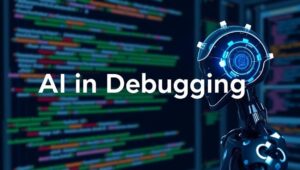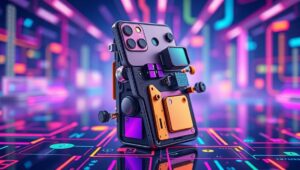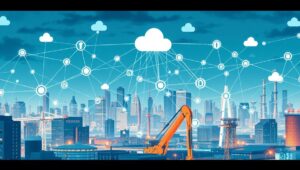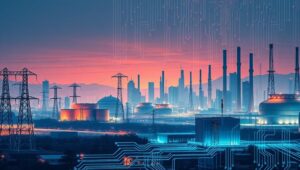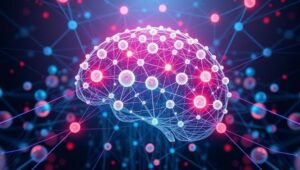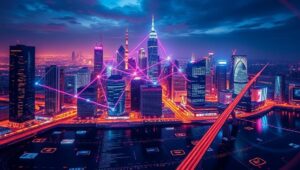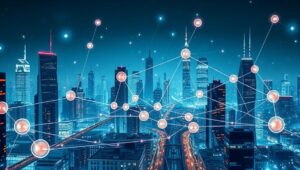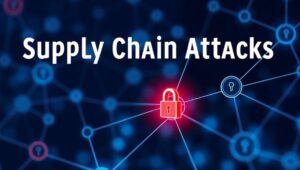May 15, 2025
AI in Debugging: Finding and Fixing Issues Faster (2025)
AI in Debugging: Finding and Fixing Issues Faster (2025) Debugging is a critical part of software development, but it can also be one of the most time-consuming and frustrating. As software systems become more complex, the task of identifying and fixing bugs becomes increasingly challenging. Fortunately, Artificial Intelligence (AI) is emerging as a powerful tool to streamline the debugging process, making it faster, more efficient, and less error-prone. How AI is Transforming Debugging AI’s ability to analyze vast amounts of data, recognize patterns, and learn from experience makes it uniquely suited for debugging. Here are some key ways AI is

